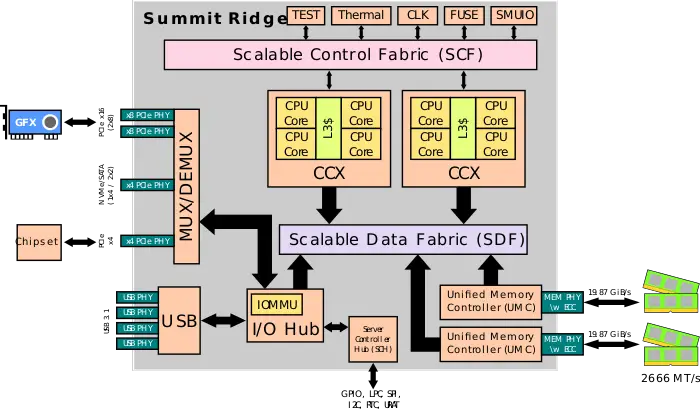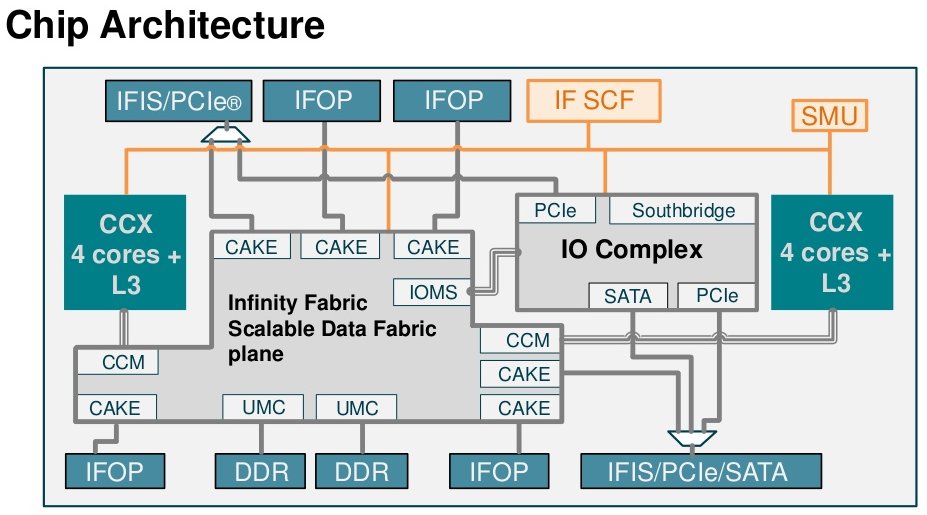https://www.youtube.com/watch?v=RGR3HvchhHE
Threadripper 2990X 12nm Zen+
EPYC 7601 14nm Zen
Threadripper 2990X 4-Channel Memory
EPYC 7601 8-Channel Memory
Threadripper 2990X 12nm Zen+
EPYC 7601 14nm Zen
Threadripper 2990X 4-Channel Memory
EPYC 7601 8-Channel Memory






